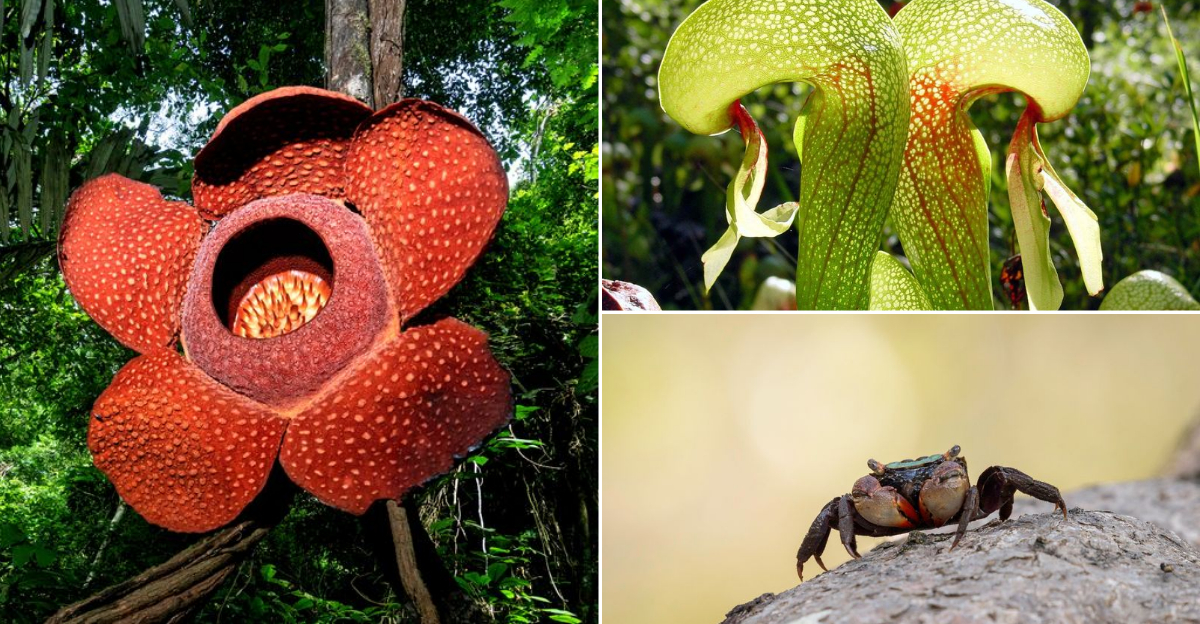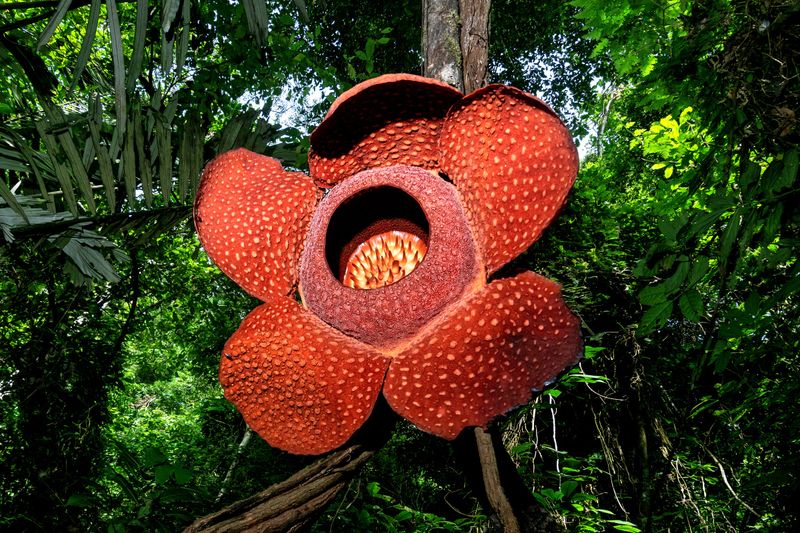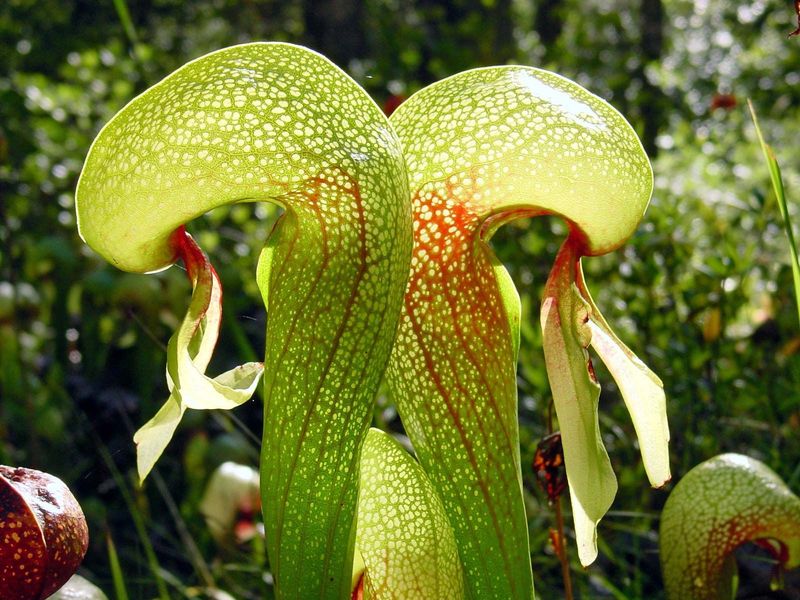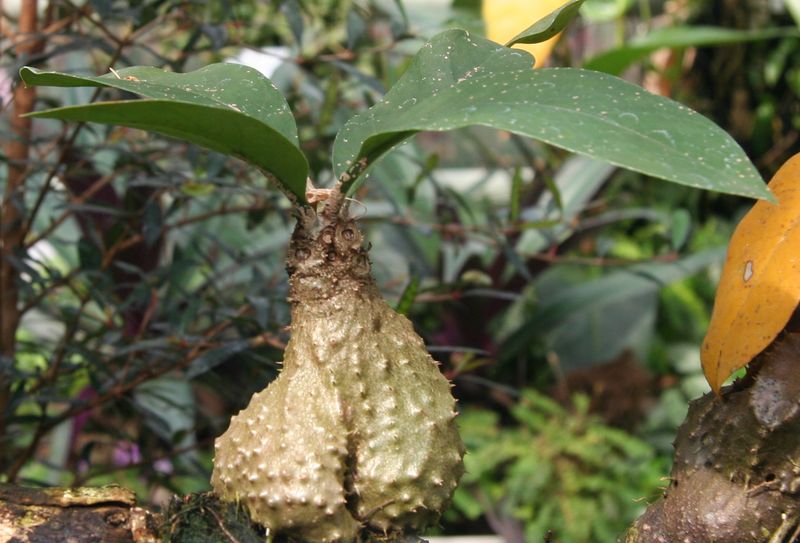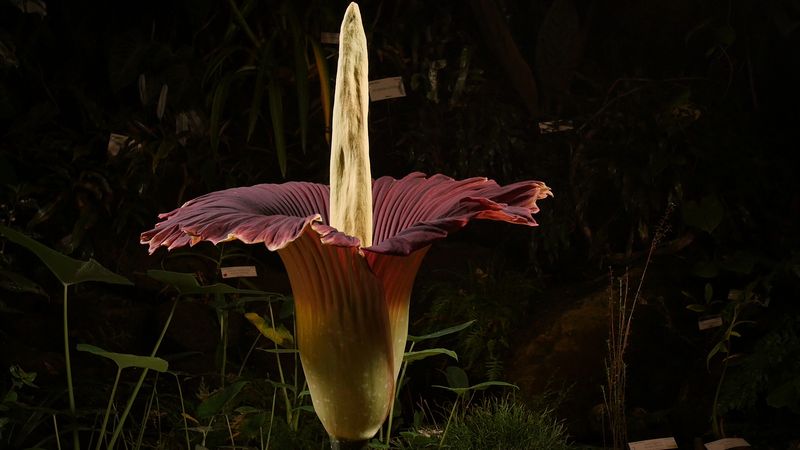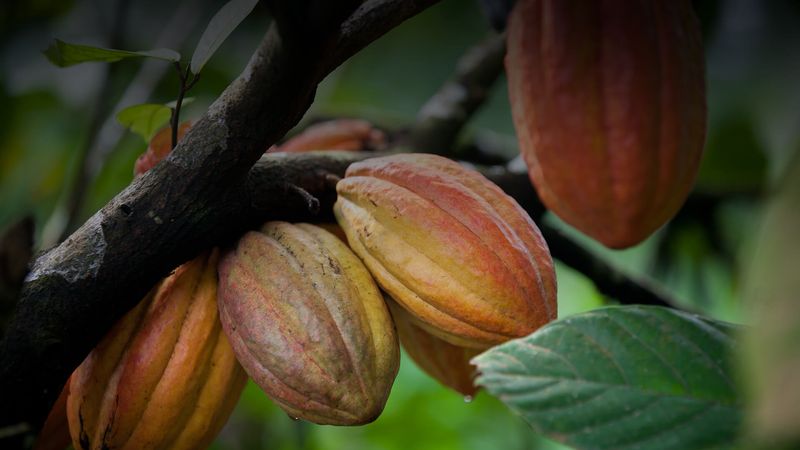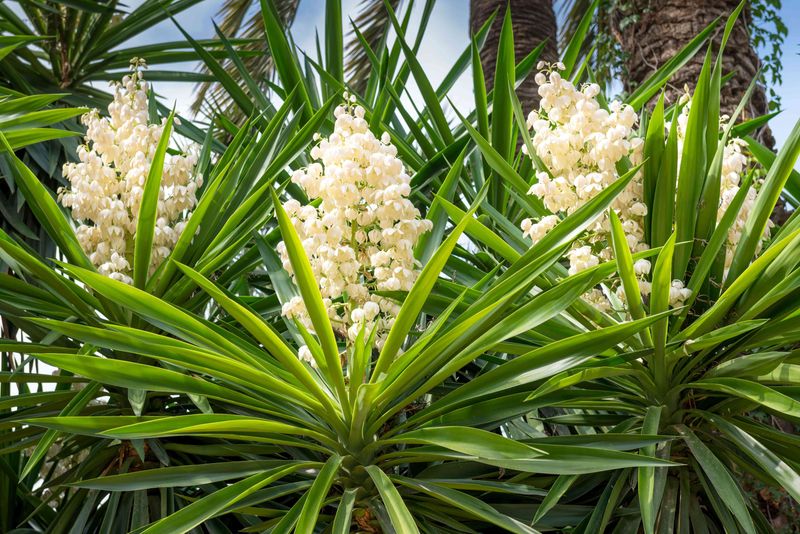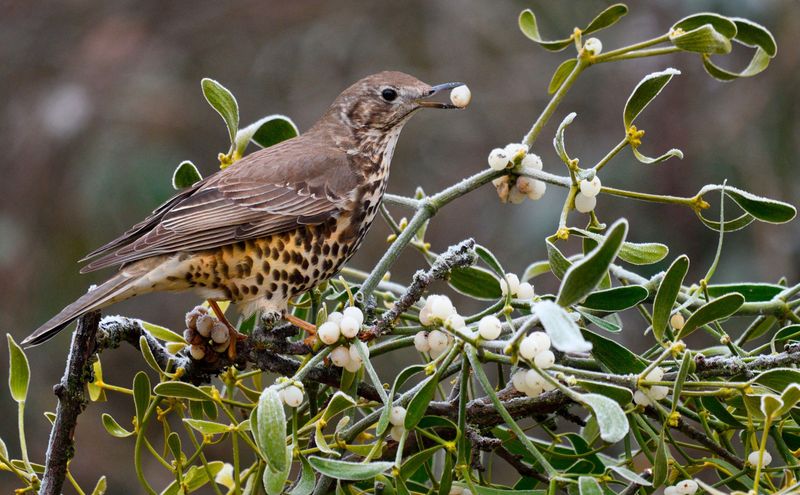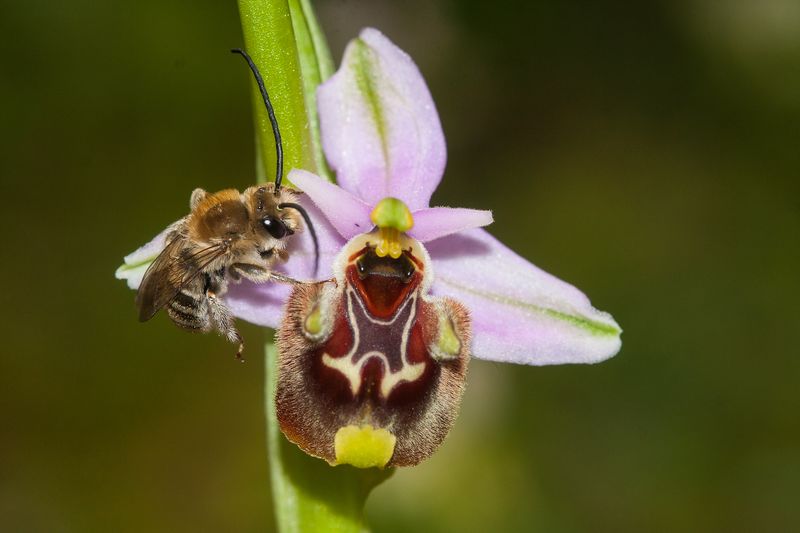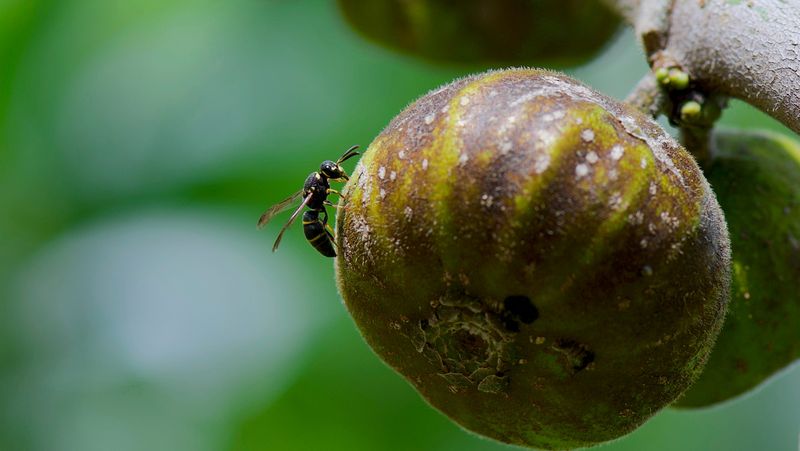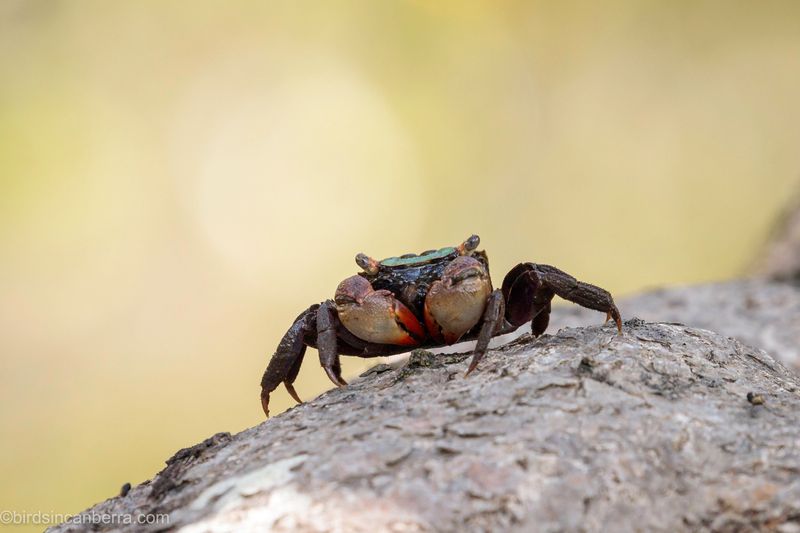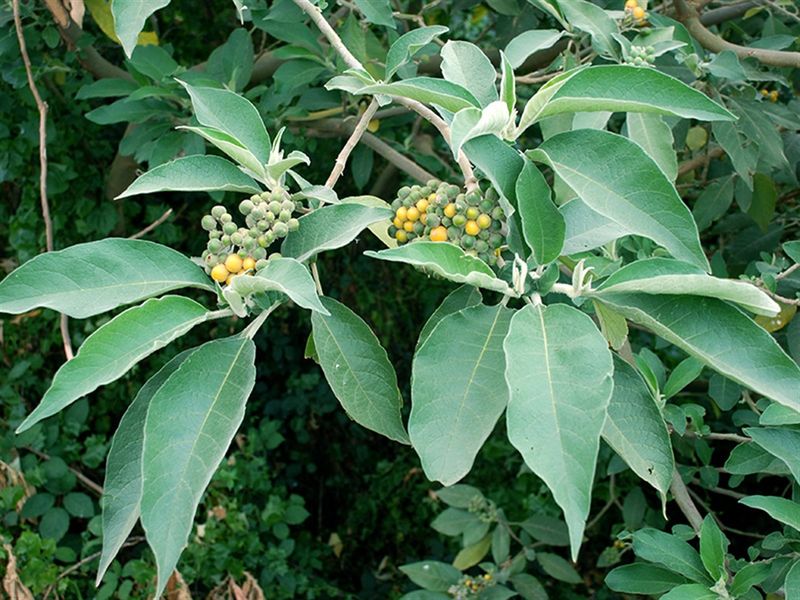In the fascinating world of botany, some plants have developed ingenious ways to enlist the help of animals. These plants use wildlife to transport seeds, pollinate flowers, and even defend against threats.
In this blog post, we’ll explore 11 remarkable plants that rely on animals to perform essential tasks.
From carnivorous plants trapping their prey to those that use animals as seed dispersers, these botanical wonders highlight the intricate relationships between flora and fauna.
Join us as we delve into these unique partnerships and discover how plants have adapted to survive with a little help from their animal friends.
1. Rafflesia
Rafflesia is a unique parasitic plant known for its gigantic flowers that emit a pungent odor reminiscent of rotting flesh. This scent attracts carrion flies, which become the unsuspecting pollinators for Rafflesia.
Nestled in the dense rainforests of Southeast Asia, the Rafflesia relies entirely on its host vine for nutrients. The flower’s lifecycle is fascinating, lasting only a few days before it withers away.
Despite its unpleasant smell, the Rafflesia plays a crucial role in its ecosystem. The plant’s reliance on flies for pollination showcases an extraordinary adaptation to its environment.
2. Pitcher Plant
Pitcher plants are carnivorous wonders with a taste for insects. Found in nutrient-poor soils, these plants have evolved to trap insects inside their pitcher-shaped leaves.
The alluring nectar at the rim tempts insects to venture inside, where they slide down the slippery surface into the digestive fluid below. This method allows the plant to obtain essential nutrients lacking in the soil.
The pitcher plant’s reliance on insects to supplement its diet is a remarkable adaptation for survival. By attracting and digesting prey, pitcher plants turn the tables on the usual predator-prey dynamic in nature.
3. Ant-Plant (Myrmecophyte)
Ant-plants, or myrmecophytes, have formed mutualistic relationships with ant colonies. These plants provide shelter and food for ants, which in return protect the plant from herbivores and sometimes even supply nutrients through waste.
The hollow stems or leaves of these plants offer perfect homes for ants, while the plant benefits from reduced herbivory. This fascinating symbiosis demonstrates nature’s ingenuity in creating partnerships that benefit both parties.
These ant-plant relationships are critical for maintaining ecological balance in their habitats, showcasing how interdependent species can thrive together in complex ecosystems.
4. Corpse Flower (Amorphophallus titanum)
The Corpse Flower, known for its enormous bloom and foul odor, is a botanical marvel. Its scent, akin to decaying flesh, attracts carrion beetles and flies, crucial pollinators for this rare plant.
Native to the rainforests of Sumatra, the Corpse Flower blooms infrequently, making its appearance a significant event. The towering structure can reach heights of up to 10 feet, captivating both botanists and the public.
This plant’s reliance on insects for pollination underscores the complex interactions between plants and animals. Its unique adaptation highlights the diverse strategies plants use to ensure reproduction.
5. Cacao Tree
The cacao tree, source of the world’s chocolate, depends on tiny midges for pollination. These small insects navigate the intricate flowers, transferring pollen necessary for cacao pod development.
Without midges, cacao trees would struggle to produce the pods that give us chocolate. This relationship highlights the importance of even the smallest creatures in ecosystems.
The cacao tree’s dependence on midges showcases an ecological connection that supports a multi-billion-dollar industry. Understanding this plant-insect partnership emphasizes the delicate balance required to maintain such vital agricultural processes.
6. Yucca Plant
Yucca plants have a unique relationship with yucca moths, their exclusive pollinators. This mutualistic interaction ensures the survival of both species. The moth lays eggs in the flower, while pollinating it, ensuring seeds for the plant and food for larvae.
This delicate balance is essential for the desert ecosystem. The yucca’s reliance on a single pollinator underscores the plant’s adaptation to its environment.
This partnership highlights the intricate dependencies in nature, showing how species co-evolve to ensure mutual survival. Such specialized pollination strategies are crucial for maintaining biodiversity in challenging habitats.
7. Mistletoe
Mistletoe is a parasitic plant that relies on birds for seed dispersal. Birds eat the mistletoe berries and later excrete the seeds onto branches, where they germinate and grow.
This relationship allows mistletoe to spread across various environments. The plant taps into its host for water and nutrients, illustrating a unique survival strategy. Its dependence on birds for propagation highlights the interconnectedness of ecosystems.
Mistletoe’s parasitic nature is balanced by its role in providing food for birds, showcasing a complex web of interactions in nature. This plant-animal partnership is essential for mistletoe’s proliferation.
8. Bee Orchid
Bee orchids have evolved to mimic the appearance and scent of female bees, tricking male bees into attempting to mate with the flowers. This deception facilitates pollination as pollen gets transferred in the process.
The orchid’s design is a testament to nature’s ingenuity, creating a perfect illusion to ensure its reproduction. Found in European grasslands, these orchids rely solely on this mimicry for pollination.
The bee orchid’s strategy highlights the lengths plants will go to attract pollinators. It showcases an extraordinary example of evolutionary adaptation, demonstrating the complex interplay between flora and fauna.
9. Fig Tree
Fig trees have a unique mutualistic relationship with fig wasps, which are their exclusive pollinators. The wasps lay eggs inside the figs, pollinating them in the process. This symbiotic interaction is essential for the reproduction of both species.
Fig trees provide a habitat and food for the wasps, while benefiting from their pollination. This intricate dependency highlights the complexity of ecological relationships.
Fig trees are keystone species in many ecosystems, supporting diverse wildlife. The fig-wasp relationship exemplifies nature’s interconnectedness, demonstrating the vital roles organisms play in maintaining ecological balance.
10. Mangrove Tree
Mangrove trees thrive in coastal environments, where they form symbiotic relationships with crabs. Crabs help mangroves by aerating the soil and aiding in seed dispersal. In return, mangroves provide shelter and food for crabs.
This mutualism is crucial for the survival of both organisms in harsh tidal zones. The unique root systems of mangroves stabilize coastlines, protecting against erosion. This partnership highlights the importance of interspecies interactions in maintaining healthy ecosystems.
Mangroves exemplify how plants can adapt to challenging conditions with help from animal partners, contributing to the resilience of coastal environments.
11. Wild Tobacco
Wild tobacco plants have developed a clever relationship with hawk moths, their primary pollinators. The plant’s tubular flowers accommodate the long proboscis of the moths, facilitating efficient pollination.
This interaction ensures the plant’s reproduction while providing nectar for the moths. Wild tobacco also produces chemicals that deter herbivores, showcasing its ability to adapt to environmental pressures.
This plant-animal relationship highlights the intricate adaptations plants make to survive. By aligning its lifecycle with that of the hawk moth, wild tobacco effectively balances its ecological role, demonstrating nature’s sophisticated strategies for survival.
